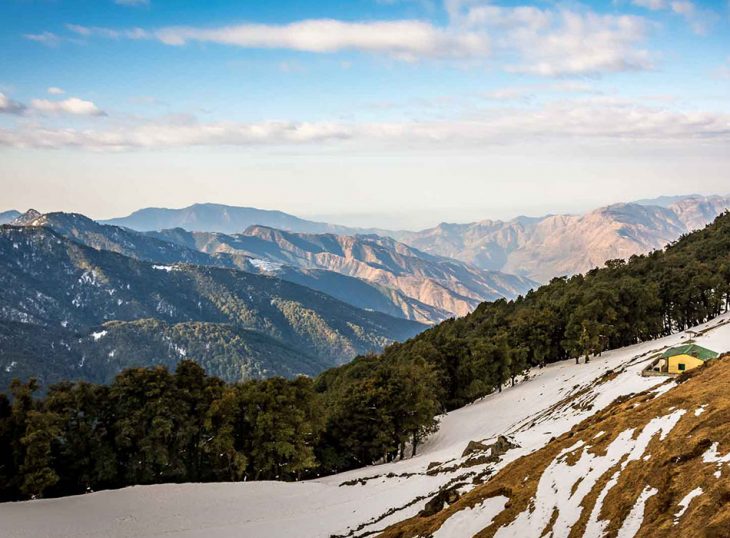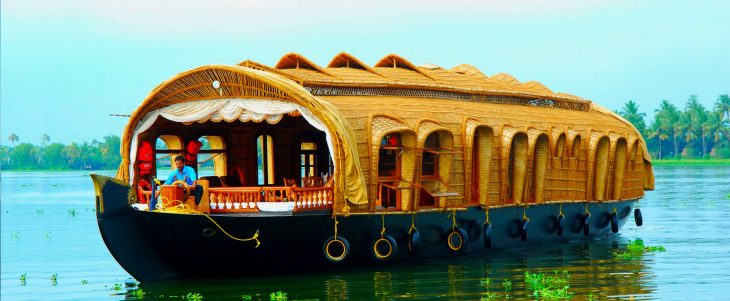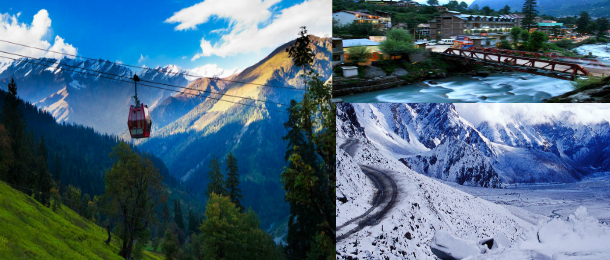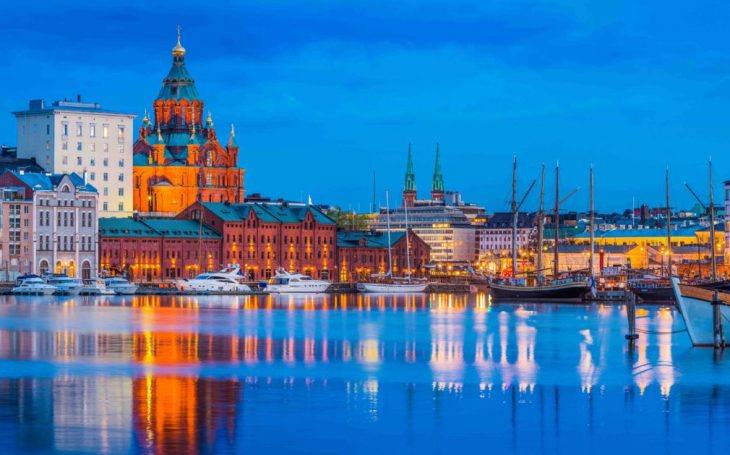At the end of Sylvan Hills’ Parvati valley, where Lord Shiva is thought to have meditated over thousands of years lies a beautiful site called Kheerganga in Himachal Pradesh. The sumptuous mountain greenery, the elegant Parvati River, and picturesque skies are without question a delight to the eyes and the soul of trekkers!
For both Hindus and Sikh pilgrims, the place has religious significance. Located 22 km from Manikaran, Kheerganga trek is popular even during heavy snowfall for its hot water spring and bathing is a true experience. The path reveals popular tourist destinations along the way, such as the Rudra Nag Waterfall and the Shiv Temple. To experience peace in the soothing places of the great Himalayas you should continue on your Kasol – Kheerganga walk.
How ‘Kheerganga’ came to be called so
Some think it’s Lord Shiva’s son, Kartikeya, who came to his brother, Ganesha, after losing races. For thousands of years, he remained in a ‘samadhi.’ It was Lord Shiva who tried to channel the rice pudding of his son by channeling his stream. It is a milky white holy water that is the actual meaning of the word Kheergange.
A Trek to Kheerganga
Nearly three years ago I heard about Kheerganga from the people who returned from the trekking when I went with a group of my childhood friends to Kasol. They told us that the walk was an unbelievable experience for a lifetime of memories, despite its obvious challenges. Since that time, Kheerganga was on my list of places to visit until the occasion finally came.
I decided to go for the hike last month, and after packing myself, I went on the bus to Shivaji Stadion, from here at 10:00 a.m. I was wearing my headphones, turned on the music, and settled back comfortably. Dinner at Murthal, we took a pit stop, where I had a nice pickle and curd, then we went back to the road. This was the first time I traveled alone, so I couldn’t have slept on the bus excessively.
The morning began with a magnificent view of the sunrise from a local Dhaba where we liked sandwiches and tea. The bus dropped me at the Kasol Bus Stop about 14 pm, after crossing the bumpy Manikaran and Kasol Road. At the bus stop, I met some other people that plan to go to Kheerganga at 14.00. I decided to find a hotel for a night’s stay in Kasol instead of saying yes since I wished to be fully rested. After 2 hours of relaxation, I took a walk down Kasol Street, also known as Mini Israel, because of the many Hebrew inscriptions and scratchy dishes served in the restaurants.
Next day after taking some toast from the hotel restaurant, I started my trip at 6 a.m. I first visited a temple nearby, where I met my 8-year-long trekking guide. We set our objective by midday to reach Kheerganga. The base camp of the Parvati and Tosh rivers, Barsaini, has also been transferred from the temple. On our way to the summit, we went across the majestic countryside with a magnificent view of nature. We’ve gone through some wooden bridges, rough terrain, and slippery curves. In my camera, I captured several fantastic views of the sky, waterfalls and birds.
We also went through the villages of Kalga and Pulga, where people from the area sang for us some folk Himachali songs and it was indeed a divine moment! They informed me about their lifestyle. The locals presented me with rice, jaggery, raisins and dry fruits for a desert in Himachal Mittha, a traditional desert. Further along this route the sights of temples, flowing rivers, blossoms, mud houses and alpine trees became sublime.
We arrived at Kheerganga’s green meadow on time! I washed away all my fatigue and leg pain from the journey by taking a soothing dip in the heat of the spring. I decided to stay in the camp that day. A bonfire was arranged for us all at night in order to celebrate the achievement of trekking. Playing cards, dancing and Antakshri set the right tone for the night. It was another night of sleeplessness when people interacted and shared their experiences.



















You must be logged in to post a comment.